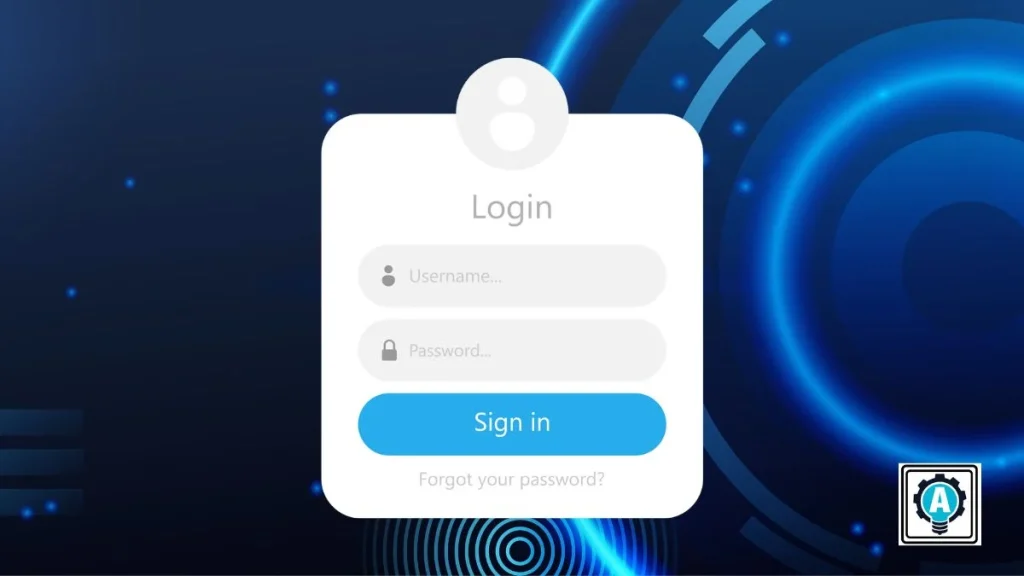Upgrade Your Network Experience with TP-Link Router Today
In a world where everything depends on fast and stable internet, upgrading your home or office network is no longer optional it’s essential. TP-Link Wi-Fi routers are designed to deliver strong performance, reliable coverage, and smart features that match modern digital lifestyles. Whether you’re streaming, gaming, working remotely, or managing smart devices, a quality router can transform your online experience from frustrating to flawless.
Modern Wi-Fi Router Matters
Outdated routers often struggle with today’s bandwidth-heavy demands. Newer Wi-Fi standards and advanced hardware ensure smoother connections and better speed distribution across devices.
Key benefits of upgrading include:
- Faster data transfer speeds
- Reduced buffering and lag
- Improved coverage in every room
- Better support for multiple connected devices
A modern router acts as the backbone of your digital environment, keeping everything connected seamlessly. Installing a เราเตอร์ TP-Link ensures stable connections, easy management, and advanced security features for users.
Advanced Performance for Every User
TP-Link Wi-Fi routers are engineered to handle high-speed internet plans and multiple users at once. With powerful processors and optimized antennas, they maintain consistent performance even during peak usage times.
Performance-focused features include:
- Dual-band and tri-band technology
- Intelligent traffic prioritization
- Optimized signal distribution
- Low-latency connections for gaming and video calls
This ensures everyone in the household enjoys a smooth and responsive connection.
Stronger Coverage with Smart Technology
Dead zones are a common issue in larger homes or offices. TP-Link routers address this with smart signal management and mesh-ready options that extend coverage without sacrificing speed.
Coverage-enhancing advantages:
- Wider signal reach across floors and walls
- Seamless roaming between access points
- Stable connections in hard-to-reach areas
- Consistent performance throughout the space
The result is dependable Wi-Fi wherever you need it.
Built-In Security You Can Trust
Network security is more important than ever. TP-Link Wi-Fi routers come with advanced protection tools that help safeguard your data and connected devices from online threats.
Security-focused highlights:
- Encrypted connections for safer browsing
- Automatic firmware updates
- Parental controls and access management
- Protection against unauthorized access
These features provide peace of mind for families and professionals alike.
Easy Setup and Smart Control
Upgrading your network doesn’t have to be complicated. TP-Link routers are designed for quick installation and intuitive management, even for non-technical users.
User-friendly benefits include:
- Simple step-by-step setup
- Mobile app-based controls
- Real-time network monitoring
- Easy customization of settings
You stay in full control of your network with minimal effort.
A Future-Ready Networking Solution
Choosing a TP-Link Wi-Fi router is an investment in long-term performance. With support for evolving technology and increasing device demands, these routers are built to grow with your needs.
By upgrading today, you unlock faster speeds, stronger coverage, and smarter connectivity creating a network experience that truly keeps up with your digital life.







